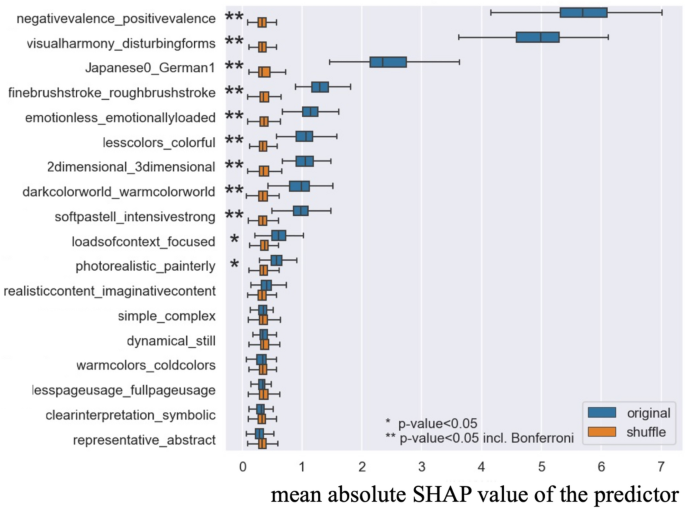Exploring Beauty Judgments in Visual Art Among Japanese and German Speakers
Wednesday, 10 July 2024, 13:27

Key Points:
Empirical art research focuses on attributes influencing beauty judgments.
Cultural Variances:
- Visual Harmony, Color Variety, Valence, and Complexity significantly affect beauty evaluations.
- Western artworks were assessed by Japanese and German speakers.
- Preferences Divergence: Japanese prefer simplicity, Germans lean towards complexity.
- Cultural Distinctions: Emotional expressiveness crucial for Germans, while brushwork, color world, and saturation resonate with Japanese.
This study showcases the influence of cultural context on aesthetic judgments and the role of machine learning in decoding these intricacies.
This article was prepared using information from open sources in accordance with the principles of Ethical Policy. The editorial team is not responsible for absolute accuracy, as it relies on data from the sources referenced.